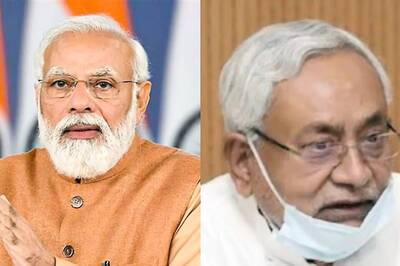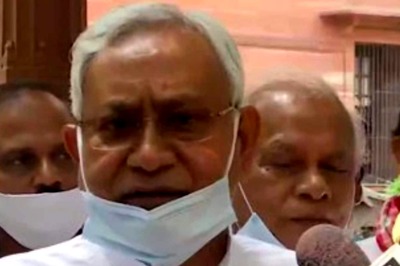
views
KOCHI: The lack of co-ordination among various departments is cited as one of the major reasons for the low-floor and semi-low floor buses introduced in Kochi and Thiruvanathpuram under the Jawaharlal Nehru National Urban Renewal Mission (JNNURM) not attaining break-even stage, almost two year since they began service.The much-hyped AC low-floor buses were introduced after a rift between the KSRTC and Kochi Corporation over the formation of a special purpose vehicle (SPV) for managing the bus services. The state government had given the KSRTC the authority to manage the services and since then the buses were fully operated by the state-run RTC much to the dislike of the Kochi Corporation. Since then, the corporation took a non-cooperative stand against the buses which were made available through them. “The KSRTC is sidelining the Kochi Corporation ignoring the fact that it was for the civic body that the funds were allotted from the JNNURM. The buses were introduced as part of the public transport project under the JNNURM. The formation of the SPV for the management of these buses is mandatory as per the JNNURM guidelines. But the KSRTC has ignored this and conducted operations according to its plans,” said a top Corporation official.At present, a total of 42 AC low-floor and 6 semi-low floor buses are plying through the city. Though these buses are maintaining an average collection, they are yet to reach the break-even level. But there was no corresponding increase in the number of passengers. “Supporting facilities like modern bus shelters, well-equipped parking lots and good roads should be ensured by various departments like the Corporation and the PWD. Here comes the need for a Unified Metropolitan Transport Authority to co-ordinate various departments,” said a top KSRTC official.As per the data provided by the KSRTC, 39 low-floor AC buses and six non-AC buses have collectively earned Rs 1.3 crore in October alone. The total number of kilometres operated in the month is 3,72,362. The earnings per km (epkm) for the buses stand at Rs 33.85. The estimated epkm for AC buses to reach the break even level is Rs 42.To make the system more effective, a global positioning system (GPS) is needed. It will help mobile phone users to avail themselves of bus arrival timings. GPS navigation also allows routes to be pre-programmed.It is hoped that the formation of UMTA will help in better co-ordination among various departments which will in turn attract more commuters to the public transportation system.



















Comments
0 comment